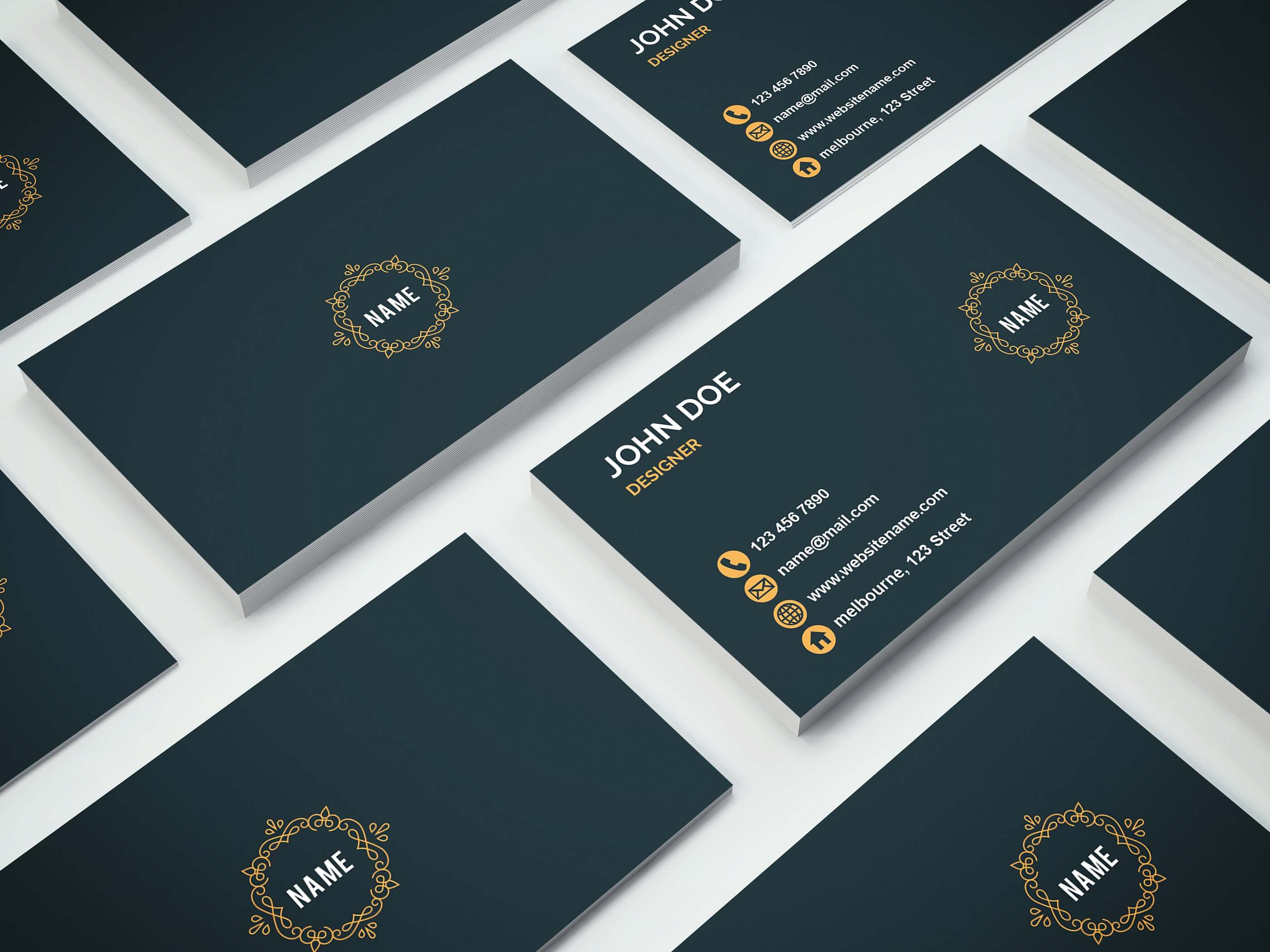Every organization running the gamut from small to large businesses will routinely find themselves trying to decide upon which business card printing services to choose?
VSL Print is here to assist you in determining how we can help you print the finest business cards possible. While some printing services are appropriate for printing larger batches of business cards, we have the capability to scale our production to your needs.
The best business card printing services must be able to print top quality cards without needing the customer to have to utilize specialized software applications or to have graphic design abilities. In reality, if you require style assistance, we can help with that also as we have an in-house graphic design team.
When you create your business cards, it is important to reflect upon how you intend to use them. If you are utilizing them to offer discounts or one-time opportunities, then you can save money by picking a less-expensive quality since most people aren’t going to save the cards.
If you are thinking about giving them to contacts to whom you want to sell expensive products to, you will likely want to have a business card that is appealing, luxurious and worth keeping. This may cost a bit more than cheap business cards.
If you intend to hand them out at a convention or corporate event, then you might benefit from a business card that can be scanned with a QR Reader app in a cell phone or tablet.
Are business cards still relevant?
Your business card is still the first in-person professional introduction to prospective clients and customers. It is a primary marketing tool for numerous reasons – the first of which answers the question – “is this a real business?”.
Selecting a digital printer that does a fantastic job can be a crucial first step in the process. Here are some guidelines for designing and printing a quality business card that matches your needs.
Consider your market
A B2B card is going to be very different from a card one would use with B2C markets. A card for art services is going to be extremely different from one for legal services.
Similar to a marketing campaign, before you start developing and ordering your cards, think about the following questions:
- Are the intended recipients primarily end-consumers or companies?
- Do you offer product or services?
- Who are you targeting?
- What do you want a person to experience when they receive your card?
- What is the call to action?
- What details are needed on your card?
In the pre-internet days, an excellent business card resembled a personal calling card. It included your name, company name, title, physical address and telephone number. As communications became digitized, many cards just include a person’s name, email address, phone number and website.
Are two-sided cards a good idea?
Keeping the back of a business card blank might be a good idea, in case the recipient wants to write notes about your offerings or your company.
Designing an effective logo
Your company logo design and marketing colors are your all-important brand name identity. When people see your logo design, it will either seem relevant or irrelevant; enticing or repulsive. Or, perhaps even worse, they might feel indifferent.
Marketing professionals almost always recommend having a logo professionally designed. By hiring an expert designer, it means that you’re not likely going to see your logo on someone else’s card, and it should be highly relevant to your niche.
Here are some guidelines for creating your own logo:
- Be simple and meaningful.
- Utilize a minimal number of colors.
- Create a design that will look clear and appealing when it is printed either small or large.
- Make it pertinent to your business.
Utilize a head shot rather of a logo?
Some people in certain niches put their head shots on their business cards rather of a logo design. This is relevant if the individual relationship is important to the buyer.
This is common practice in real estate, psychology, banking, law, and other professions that require interactions with a professional who is the face of the business. Additionally, using photo can be an advantage for people who desire the public to remember them personally, and for individual business owners whose character is synonymous with their brand name.
Card size and shape
A business card’s size and shape depends largely on the target market, who receives the card, and the recipient’s expectations of someone in your niche.
The traditional shape of a business card is 3.5 x 2 inches. If you’re in the kind of business in which the recipient will use a card scanner to put your contact information into their computer, you will usually want to stay with that size / shape.
Paper weight
Who is your audience and what message do you need your business card to convey?
If you desire a card that makes an impression when they pick it up, you might want to think about thicker than typical, nicely textured cards. Luxurious company cards leave a more enduring effect that is associated with quality.
You can use a medium-weight paper with a gloss coating if you’re dealing with people who are more interested in what a card says than how it feels.
If you want to have cards that are inexpensive, then light-weight stock is the best option since it is easier to carry more cards, and they are less expensive to produce.
Experiment until your cards have an optimal result
Business cards are reasonably affordable and easy enough to design and order. What we recommend is trying different styles until you find one that generates the results you are looking for…
Contact us today, and the business card specialists at our NYC print shop will help you decide upon the best solution.

